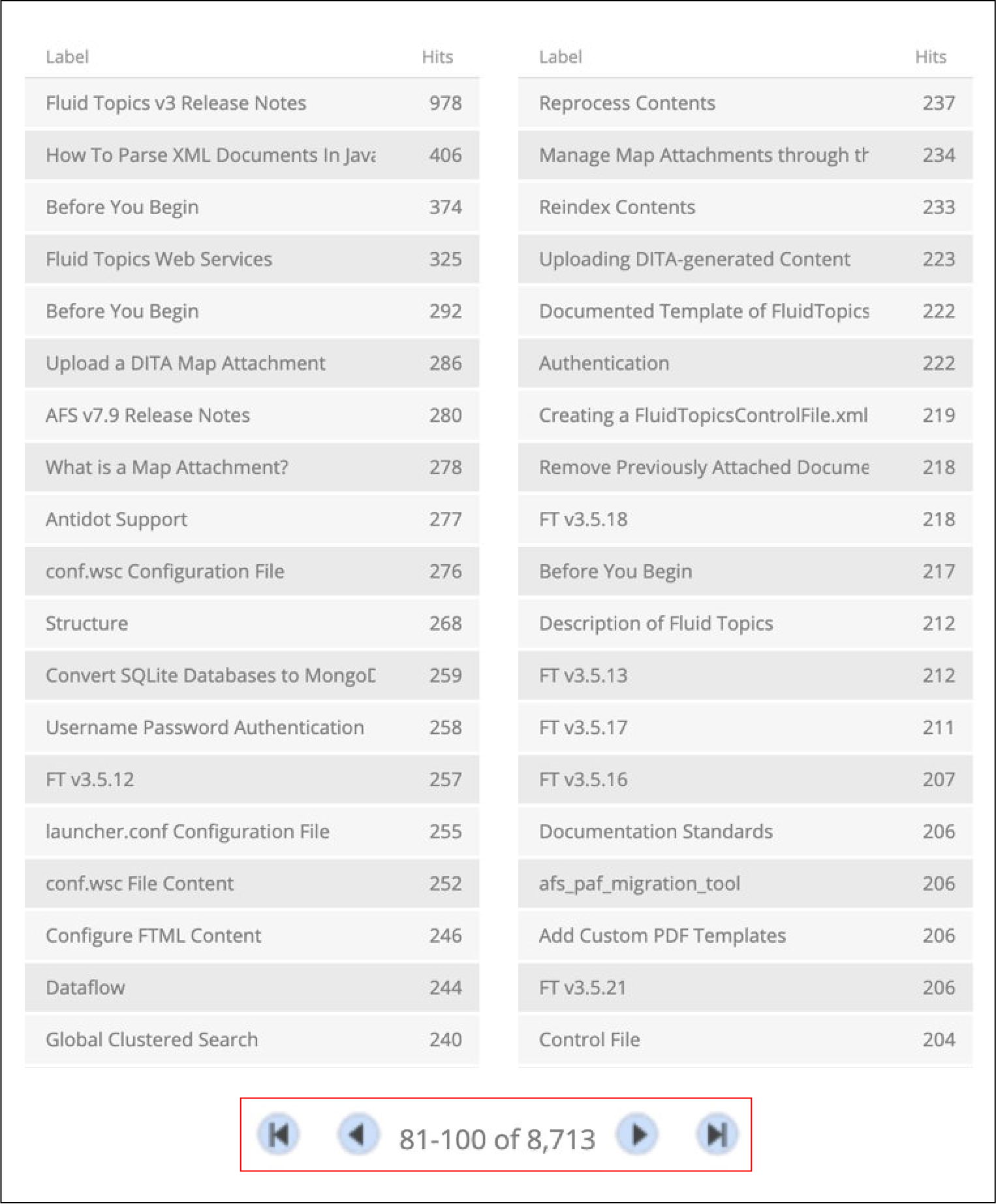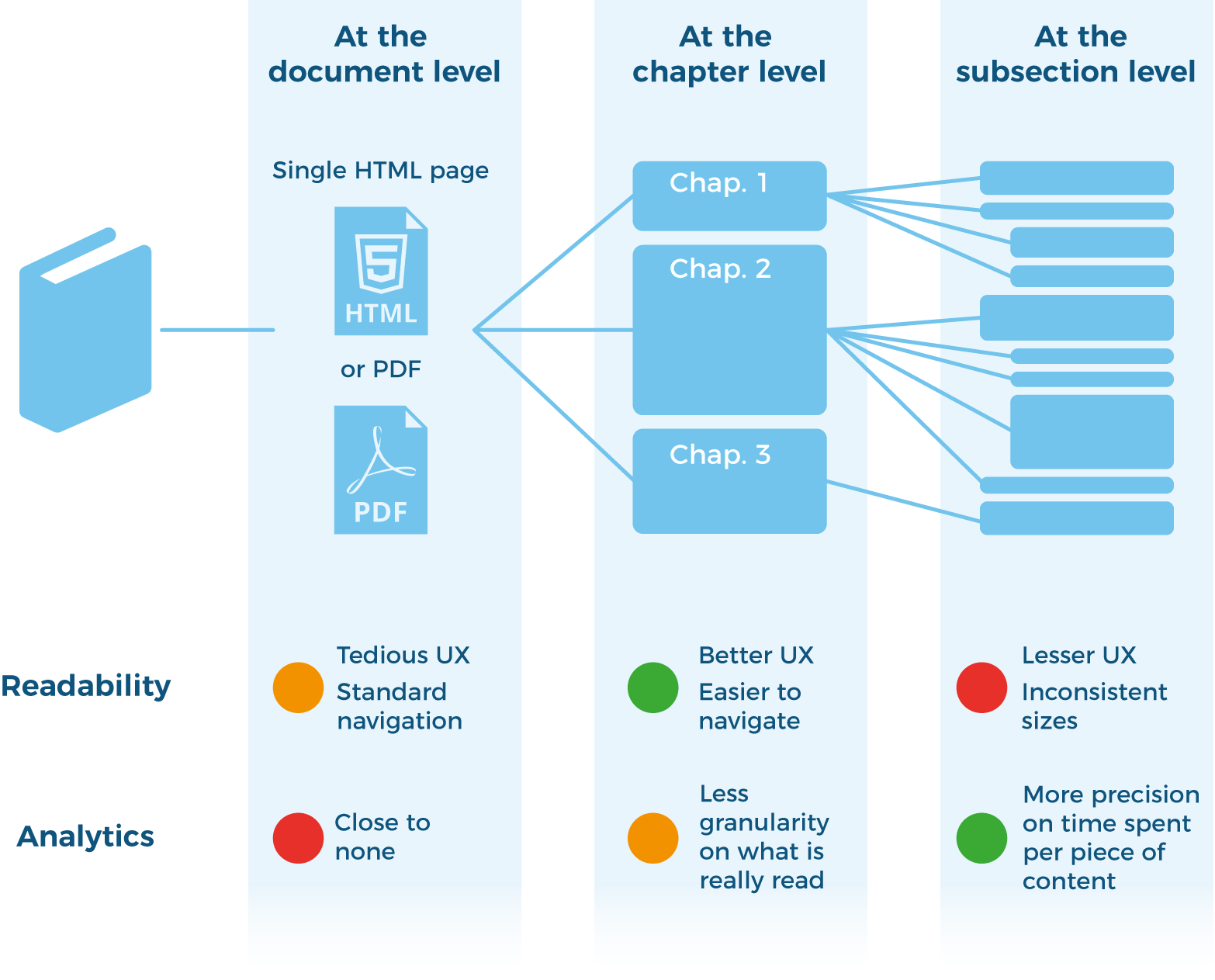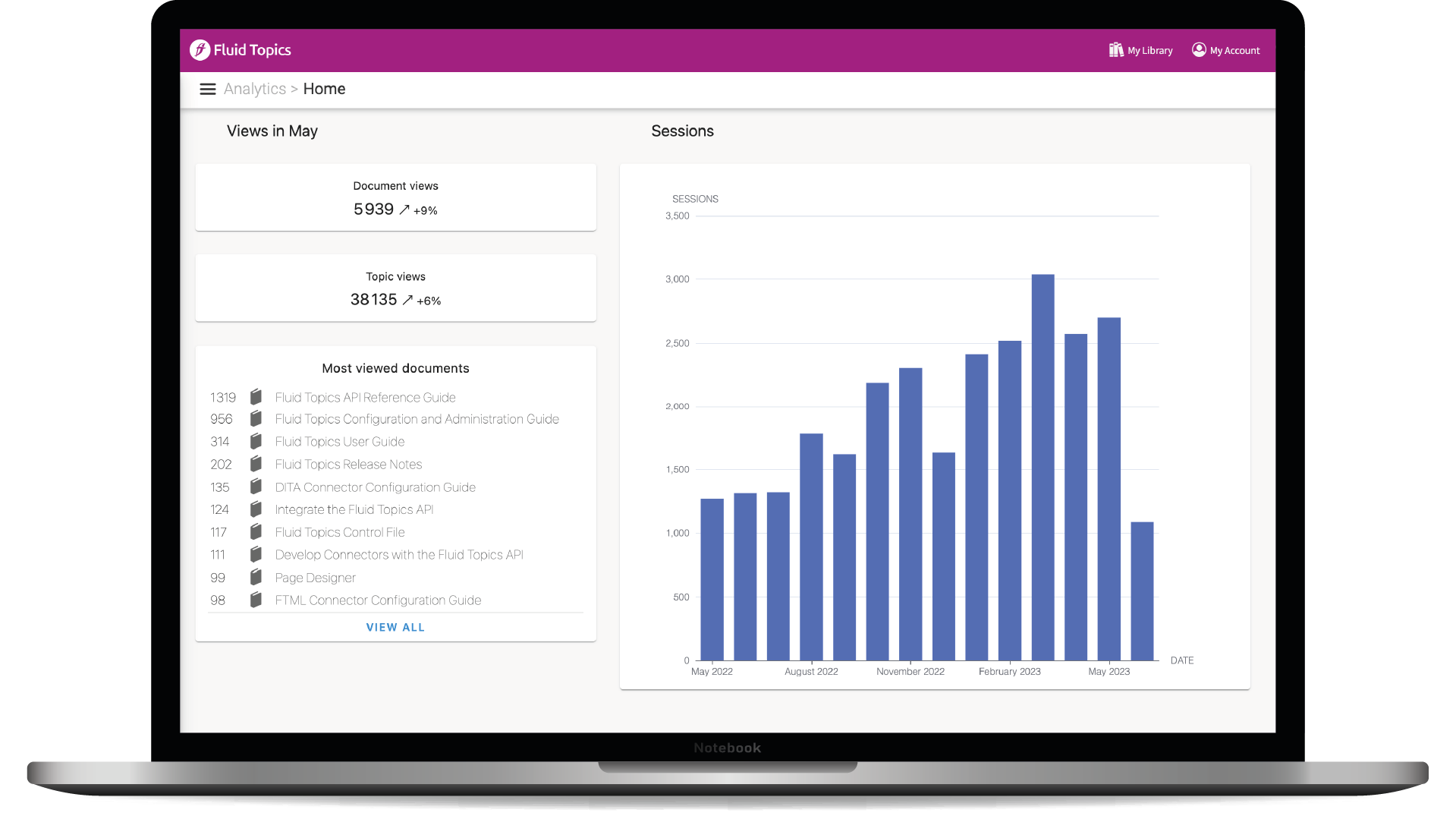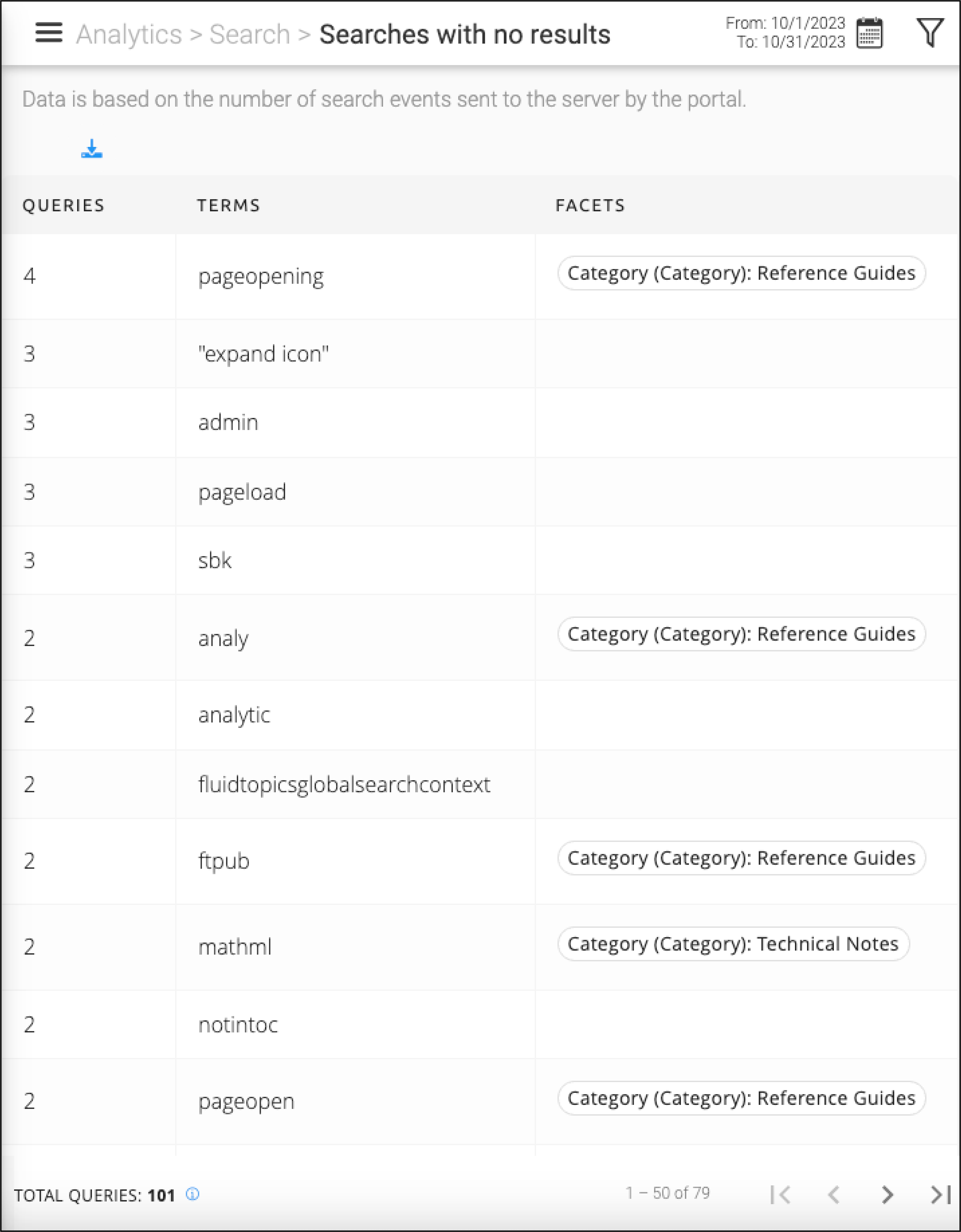As a tech doc expert, you are probably well aware that the modern enterprise needs to be data-driven. But you might not know how to go about getting the information you need to optimize your content and its usage. Indeed, with the range of different analytics tools available, it can all feel a little overwhelming, or perhaps like something is missing. That’s what we’re going to explore today, so you can find the perfect fit for your tech doc.
Why analytics matter
But before we begin, why do analytics even matter in the first place beyond the received wisdom? McKinsey research helps reassert their value here. Their research shows that extensive use of analytics has a significant impact on corporate performance. Not only that, those that use them are more likely to report a significant value contribution.
And why is this? Because they allow you to get detailed information on where your efforts are paying off, and where you are underperforming. In short, exactly what you need to address any operational inefficiencies. You can then adjust your approach accordingly.
So, with this in mind, let’s compare some of the leading solutions on the market for leveraging your technical content.
Web Analytics
You’re probably already familiar with the most popular web analytics tools such as Google Analytics, or Matomo. These products, primarily designed for corporate or product websites, allow you to measure your marketing ROI and track your web pages, video, and social networking sites and applications.
If you have a small number of pages, let’s say tens or hundreds, with a lot of viewers for each, they can be very useful. You can generate reports with all your URLs, obtaining metrics such as how many times a page has been visited, how users arrived on a page, how long they stayed on a page, where they arrived from, and more.
But as you know well, technical content is not the same as marketing content. It is both far more complex (as it needs to be exhaustive and is made up of many different and connected parts), and voluminous (given that there are often multiple variants, versions, and options for the same product).

In terms of complexity, web analytics can only return information at the page level. For a manual rendered as a single HTML page, you won’t be able to tell which part of the page has been read or what on the page was useful for your users. You may then decide to make it more granular and break your document down into hundreds of HTML pages, but then you’ll sacrifice its readability. Clicking through 500 different pages to read an installation guide clearly isn’t anyone’s idea of a good time.
As for volume, as web analytics cannot understand the structure of tech doc and consider every page separate, they lack insight into the relationships between them (different variants, versions, languages, etc. of the same content). You end up with thousands of useless, scattered fragments of data that have no utility of their own. It thus becomes impossible to synthesize this information in a way that is useful for your content.

As a result, it’s difficult to make tech doc decisions and gain insight into your content. Without access to these documentation specific metrics, you are left in the dark concerning your content’s usage. What you really need is an adapted solution such as dedicated content analytics that can provide the information you truly care about as a tech doc professional.
Dedicated Content Analytics
Another option to consider is content analytics provided by a Content Delivery Platform (CDP).
What’s a CDP?
CDPs specialized in technical documentation like Fluid Topics collect all the documentation owned by an organization (no matter the initial source and format), restructure and unify it, and distribute the relevant content to all endpoints (product websites, documentation portals, community sites, etc.), devices, and applications, in-context with the users’ needs and environment.
CDPs control the queries and display of content, meaning you can track any user interaction: what users search, where they click in a document, what they open, how they navigate through a topic or guide, where the bookmark content for later review, etc. These next-generation analytics provide information down to the topic level – whether the content was first structured or not – on exactly what is searched, read, and for how long.
What’s more, as they understand metadata and content structure, they can display contextualized and synthesized information in easy-to-understand dashboards. You can then access a whole host of benefits:
Prioritize content work
First, they can help you identify the most used content and prioritize your writing work thanks to metrics such as “most searched terms” or “most read topics” or documents. As documentation teams tend to be flooded with requests for either new content, updates to existing content, or fixes, these can prove essential. You can also take a look at the least read content to see which topics are of less interest to users.
Better documentation
The reading time metric a CDP such as Fluid Topics can offer can also be very helpful. This can give you a clear indication of when users are spending too much time on a particular area either because the documentation needs improving or the product itself. Put simply, if you see a user is spending 8 minutes on a topic that should only take 2 minutes to read, you know you may have some usability issues.
Identify content gaps
They can allow you to identify content gaps by providing valuable information on search thanks to the “Searches with no results” metric. This displays the searches left unanswered and helps tech doc teams find out what’s missing in the documentation. You can then either improve existing copy or write new documents to fill the content gap.
Improve content findability
A last benefit that can be game-changing for your tech doc concerns how it’s found. As a tech writer, you would probably love to learn how your users search and navigate. Dedicated content analytics offer just that, allowing you to see exactly what keywords they’re using to find your documentation. The words they are searching with are different from those used in the content? Then simply enrich your metadata and taxonomy, add synonyms, etc., to improve its findability.
Conclusion
It’s clear then that while web analytics have their uses (especially for marketing websites) they don’t understand the structure of tech doc to be able to offer valuable metrics on its use. A CDP such as Fluid Topics can capture all user interactions to the finest level and then present these insights in simple-to-understand dashboards. You can then focus on optimizing your content’s quality and usability.
For a more in-depth view of all things analytics, check out our latest white paper.
Latest post







